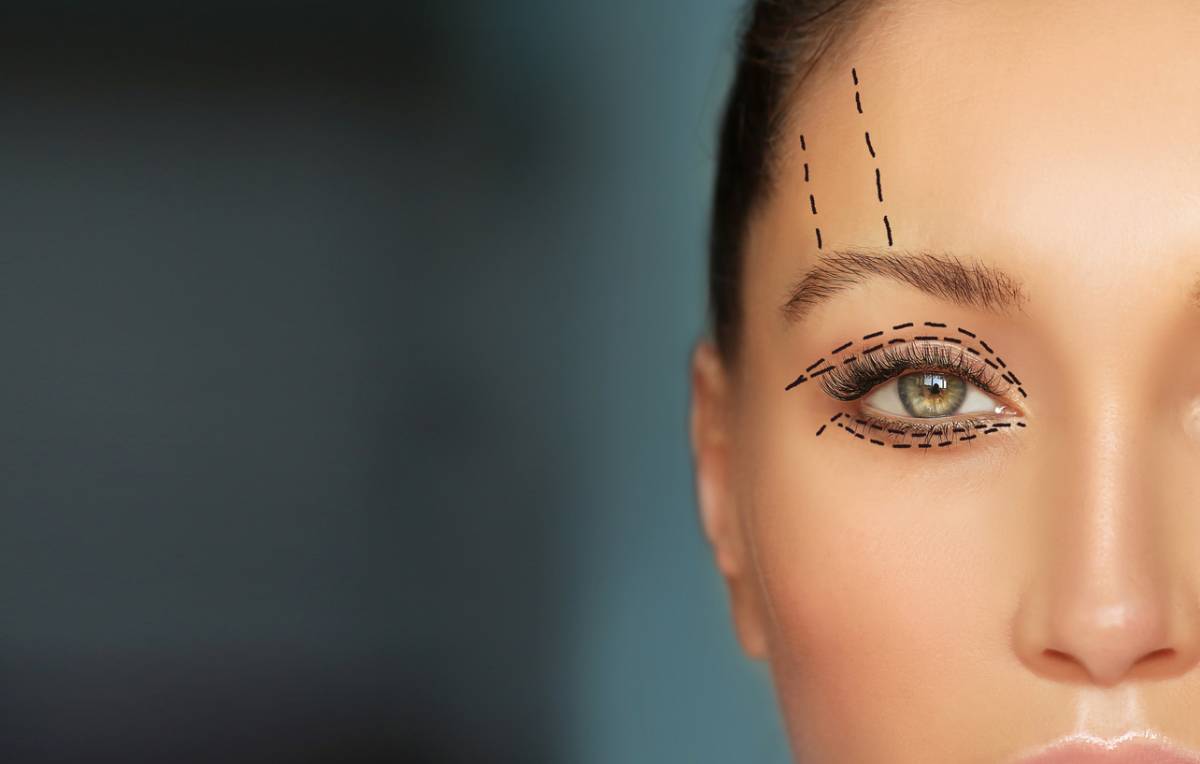Aging is the most common cause of drooping eyelids. As your skin loses collagen and elastin, gravity begins to work on the eyebrow and eyelid, pulling the skin down towards your eyes. This process gives your eyes a drooping appearance. It can be so severe that it actually impairs your vision to the point where you will need an upper blepharoplasty in Orange County just to see properly. So let’s look at the top causes of drooping eyelids.
Top Causes of Drooping Eyelids
With that said, aging is not the only cause of drooping eyelids. Depending on the cause, this condition, known as ptosis, could affect anyone at any age. Ptosis has even been identified in infants. For a better understanding of what usually causes drooping eyelids and what can be done about it, here are the five most common causes of ptosis aside from aging.
Congenital Defect
Some newborns come into this world with droopy eyelids. It isn’t immediately serious, and the condition will not cause them any pain. Given the number of changes your child is bound to go through over the next eighteen years, surgical intervention is not usually recommended for congenital ptosis.
Instead, your pediatrician and eye doctor will monitor your child’s development. If they show evidence of reduced vision in one eye, then medicated drops, patches, or glasses may be used to address your child’s vision. If their eyelids are still drooping when they have stopped growing, you may consider eyelid surgery in Orange County.
Nerve Damage
If there is direct damage to the nerves that control the muscles around your eyelids, then you may experience droopy eyelids on one or both sides. Depending on the nature of the nerve damage, you may also experience twitching as a result of the nerves firing in an abnormal way.
Surgery may be used to address this form of ptosis, but the exact approach will depend on the nature of your particular condition.
Injury or Disease
Any injury or disease that affects the nerves, muscles, or ligaments around your eyes is capable of causing ptosis. This is usually the result of a traumatic injury, but there are certain diseases that could cause similar damage.
In either case, surgery will likely be necessary to address the underlying cause of your ptosis. The nature of the surgery will differ depending on individual circumstances, but a repair focused on the damaged tissues should generally return normal eyelid function where possible.
LASIK or Cataract Surgery
Drooping eyelids are a rare side effect of LASIK and cataract surgery. Both surgeries have the potential to cause ptosis through the excessive stretching of the eyelid. Fortunately, this side effect can generally end up avoided by choosing a practitioner with a long history of success.
If you do encounter droopy eyelids following eye surgery, then contact your surgeon. It should improve within a few days, but some outliers may require professional intervention.
An Eye Tumor
If you develop a droopy eyelid out of nowhere, you should seek medical attention. It is possible for a tumor in the region of the eye to cause the eyelid to droop. When these tumors are caught early the prognosis is often good, and your ptosis may completely resolve with its removal.
Even if you suspect your case is more advanced, do not hesitate to go to the doctor. There is no world in which waiting will give you a better outcome than seeking help right away.
Treating Ptosis
Eyelid surgery for ptosis is relatively straightforward. In the hands of a practiced oculoplastic surgeon, you can expect a reasonably short recovery and virtually no visible scarring. To learn more about what a blepharoplasty could do for you, contact your oculoplastic surgeon in Orange County.
